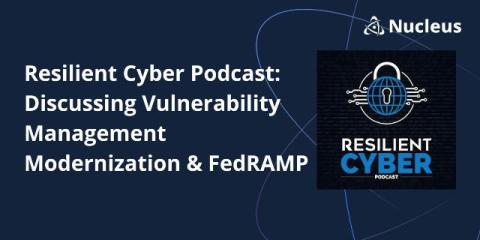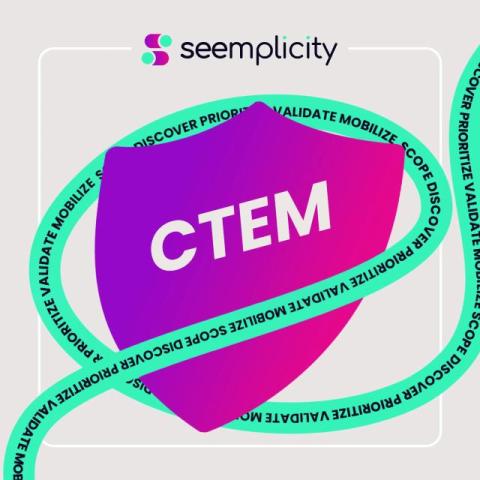Surge in CatDDoS Attacks: Exploiting Vulnerabilities to Spread Mirai Variant
The cybersecurity landscape has recently been shaken by a surge in activity involving a Mirai distributed denial-of-service (DDoS) botnet variant known as CatDDoS. Over the past three months, threat actors have aggressively exploited more than 80 vulnerabilities to spread this malware. In this blog, we explore the recent CatDDoS attacks, the targeted sectors, and the implications for cybersecurity practices.











